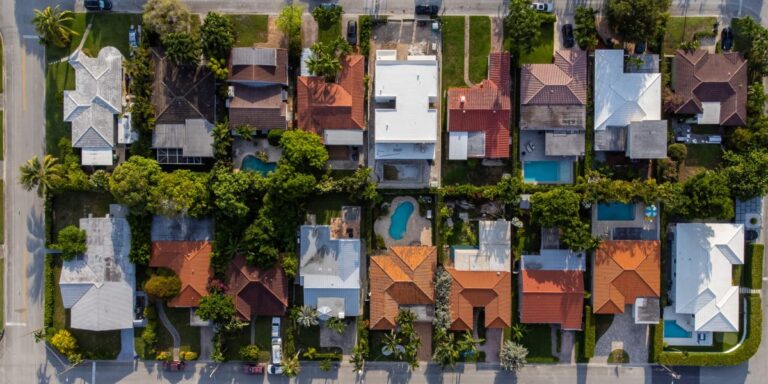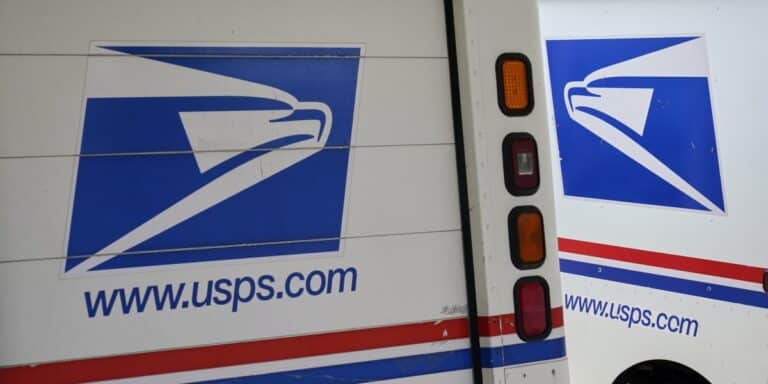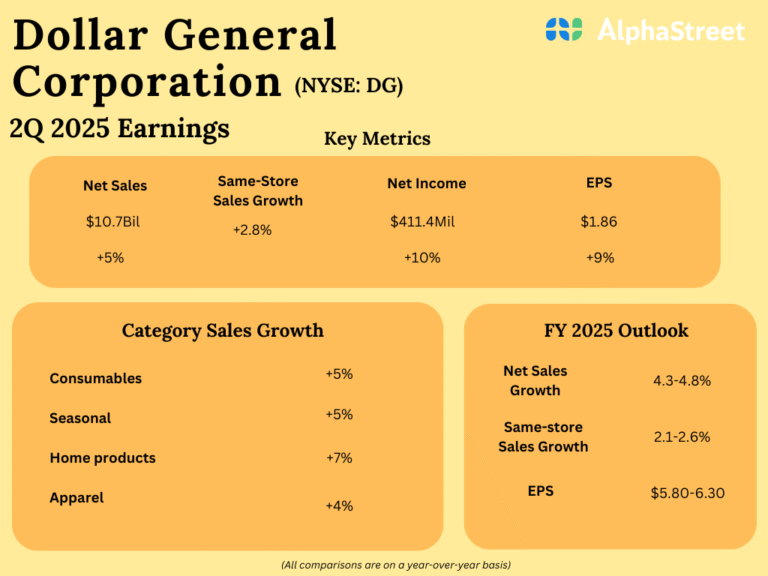[adrotate group="2"]

Image source: Getty Images
Investors seeking a secondary income should pay close attention to Unilever (LSE:ULVR) shares. Boasting a portfolio of strong brands within a defensive market, it has a good possibility of delivering consistent dividends.
However, the surge in share prices this year has resulted in a decline in the dividend yield. Still, there’s potential for a shift in 2025, and I believe investors should be prepared.
Dividends
In 2023, Unilever’s dividend yield neared 4%. Prior to that, it had been over a decade since investors last encountered such a passive income opportunity.
Unilever dividend yield 2015-24
Created at TradingView
Currently, this opportunity is lost, as the stock has risen approximately 20% since the year’s beginning, lowering the dividend yield to about 3.2% of the share price.
Unilever has a commendable history of increasing its dividends, though the growth over recent years has been consistent rather than extraordinary.
Unilever dividends per share 2015-24
Created at TradingView
Given this situation, it’s crucial for investors considering purchasing the stock to focus on the initial yield. The recent decline in yield as the stock climbs diminishes its appeal.
Inflation
The opportunity to acquire Unilever shares with a yield nearing 4% has been rare over the last ten years, but I suspect it may reappear in 2025.
UK inflation has prompted the Bank of England to be cautious about decreasing interest rates, a trend likely to persist into the coming year.
Inflation stems from a balance between supply (goods and services) and demand (money). Although many factors remain uncertain, there are indications that prices could rise on both sides of the equation.
Businesses may seek to raise prices to counteract costs stemming from the Budget, while the increased National Minimum Wage might enhance consumer spending power.
Second chances
It’s important to note that falling interest rates are not the sole factor driving Unilever shares upwards. The company has run a successful campaign to bolster its core brands while shedding weaker ones.
Nonetheless, there’s no assurance that higher-than-expected interest rates will lower the stock price to a level where the dividend yield reaches 4%. However, I think investors should remain vigilant regarding this possibility.
As it stands, I’m not sure the returns being offered are sufficient to outweigh the risk of consumers opting for lower-priced alternatives. This is a continual challenge, especially considering the lack of switching costs associated with Unilever products.
High inflation could intensify this issue. However, if interest rates exceed expectations in 2025, the stock price may decrease to a level where the investment becomes significantly more appealing.
Be prepared
Successful investing is about seizing opportunities as they arise. Dividend investors who missed their chance to invest in Unilever shares in 2023 should ensure they are prepared for 2025.
It may require a substantial drop from current levels to see Unilever shares offering a 4% dividend yield again. Nevertheless, with dividends expected to rise next year, this scenario could be more feasible than it seems.







